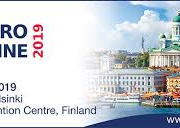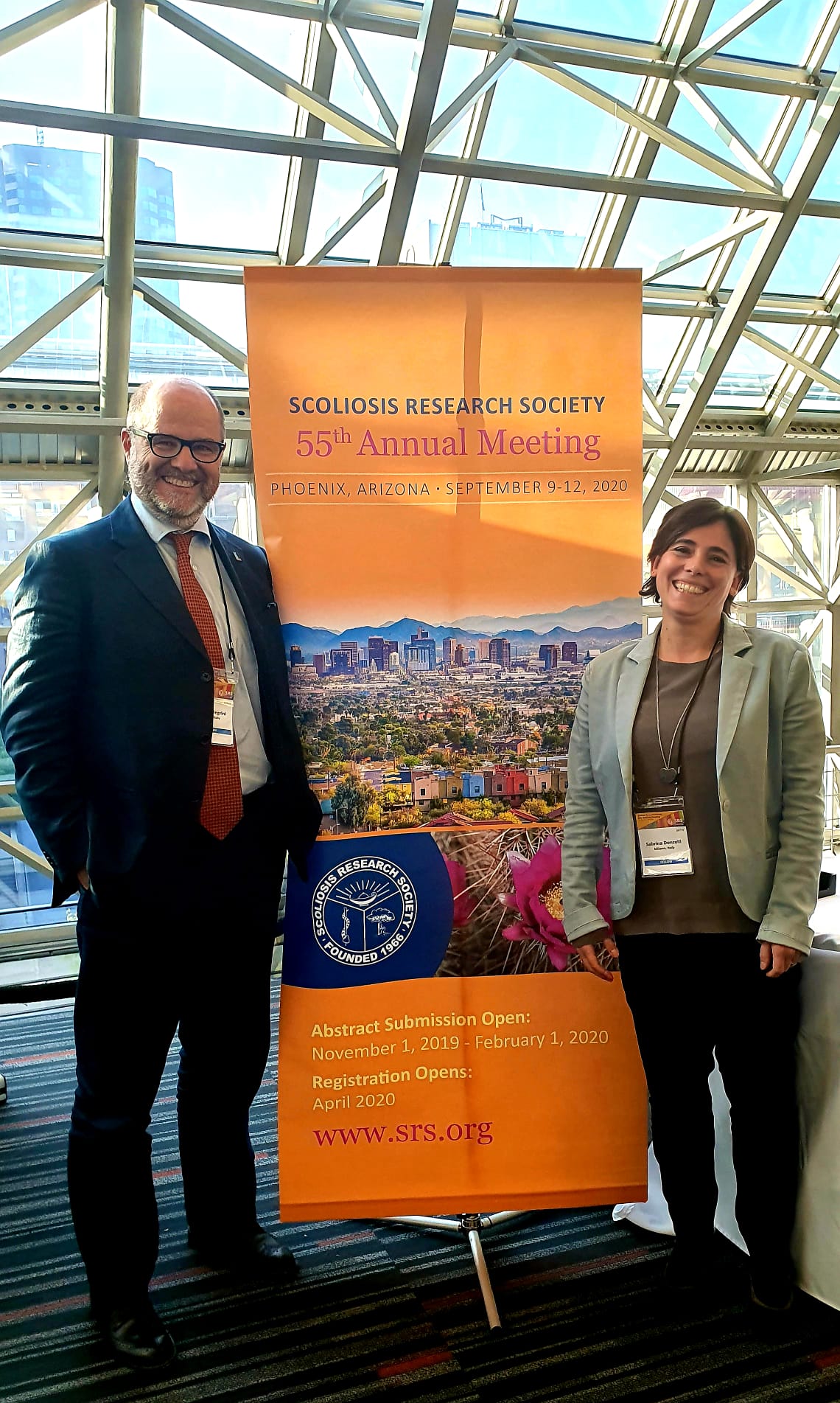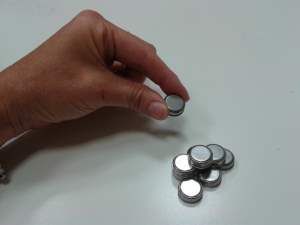www.scoliosi.org: the Isico blog that gives patients a voice!
Over the past 13 years or more, we have published dozens of posts and thousands of comments on our blog dedicated to scoliosis.
The Isico blog is a dedicated space where patients can ask questions and swap experiences, but it is also a place where those involved in treating scoliosis can take a more in-depth look at a series of topics and also engage with patients.
My child has scoliosis: what should I do?
The parents of youngsters who have just been diagnosed with scoliosis often feel helpless and also vulnerable. They look at each other, often feeling guilty for not having spotted the problem sooner, and this failure to see makes them feel they have somehow failed as parents.
Naturally, the medical specialist and therapist will sympathise with the family, and also understand them when they say they feel inadequate as a result of not having managed to do, in time, all that they might have done in order to safeguard their child’s health and happiness.
What we first need to do is dispel these doubts and fears.
Spotting scoliosis takes more than just a watchful eye. It also depends on timing and having the right opportunities. Unfortunately, this disease almost always manifests itself during the marked growth spurt that occurs in early adolescence. This already tricky time can be rendered more so by the fact that, in cases requiring treatment with a brace, this cumbersome device can upset the young person’s psychological equilibrium: this, after all, is the age at which young people are particularly influenced by aesthetic ideals, and can end up feeling marginalised if they don’t perfectly conform to them.
What is more, this is — once again unfortunately — an age at which we are far less likely to see our children’s backs without clothes on. In this period of transition from childhood to adolescence, they often perceive the loving and concerned interest and scrutiny of their parents as an unforgivable attempt to invade their privacy. This, though, is also the period in which scoliosis tends to present very sharp and sudden deteriorations. Therefore, either we are lucky enough to happen to notice a sudden deterioration of the condition during our summer holidays, when our kids are more likely to strip off down to their swimming costumes, or this situation will go undetected until the youngster happens to have a sports medicine check, or it is noticed by a dance teacher, for example.
There is absolutely no reason to feel guilty, though, because scoliosis, due to its very nature, is not readily spotted, early on, by the untrained eye.
Obviously, we all hate to see our children struggling. We would like to be able to take their place, to spare them any suffering and the need to face seemingly insurmountable challenges. Unfortunately (or fortunately) this is not what we, as parents, are required to do. Instead, our role is to guide our children, to support them, and to gently help them to make their choices independently, and face up to their difficulties without running away or looking for shortcuts.
Then comes the next major hurdle: deciding who to turn to in order to protect the health of our child. Who should we contact?
The first step is to talk to your family doctor, and to other families. It can also be useful to go online in order to find out how professionals in the field operate, and what exactly they do.
Once the treatment has been started, it is also very useful to read the guidelines published by SOSORT on how to proceed when dealing with a scoliosis patient, so as to see whether the team following your child is respecting them.
If instead, you are looking for a “luminary”, then do a quick search in a leading international medical literature database: to do this, just enter the surname and initial of the person you have chosen (but beware of homonyms: by opening the links that appear, and checking the city and institute, you can verify whether it is indeed the person you are interested in). Such a search will tell you whether this person regularly publishes work on this topic, and also allow you to determine what his/her main interests are.
When it comes to the consultation, there are other things to ask yourself:
- Did the specialist measure the X-ray? (this is usually done directly on a computer screen, because radiographs are stored on a CD)
- Did he/she examine and measure your child?
- Did he/she talk to you? And to your child?
Furthermore, never forget that scoliosis management demands considerable specific experience. After all, although even experts can make mistakes (irreversible ones), practitioners who lack the necessary expertise are far more likely to do so, as a result of being either superficial (“there’s nothing to worry about, he’ll grow out of it”; “she just needs to swim a bit”; “don’t worry, come back and see me in a year”, etc.) or over-zealous (“this child absolutely must wear a brace”, when it later emerges that “this child” has a curve measuring 10°!). In short, trust in experience, even if this means having to travel some distance for the sake of your child’s health.
The best words of encouragement come from a mother, Patrizia, whose daughter wears a brace: “Needing a brace may seem like the end of the world at first, but we have to learn not to make too much of it, and just to take things as they come, realising that this treatment is only a phase in our children’s development, which will help them grow up strong and healthy. But parents, be patient! Encourage and console your children when they are down. But at the same time, don’t over-commiserate: try to help them accept this situation that life has presented them with, and put it in context. Try to be lighthearted about the brace, and help them to see it as a friend. That way, everything will seem much easier!








